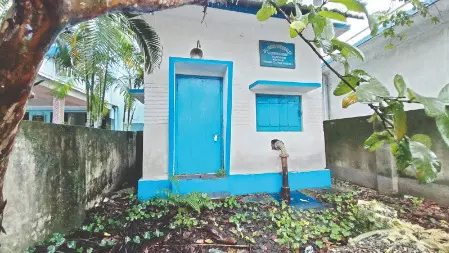Groundwater crisis shuts down 5 pumping stns in Jalpaiguri

Jalpaiguri: Despite seasonal rainfall, groundwater levels in Jalpaiguri town have plummeted to alarming lows, forcing the municipality to close five of its long-standing pumping stations. Experts warn that unless urgent recharge measures are adopted, the town’s aquifers could face irreversible collapse.
For decades, these pumping stations—some in operation for more than 70 years—had supplied water to thousands of households. But with the aquifers beneath them now exhausted, Jalpaiguri Municipality has been left with no option but to shut them down. To ease the impact, two new stations have been constructed, while supply to other affected areas is being diverted from nearby units. In addition, treated water from the Teesta River is being distributed under the Amrut Project, though three of the closed stations will not be replaced. Municipal engineers say the root of the crisis lies in unplanned urbanisation. Rainwater that once seeped into the soil is now prevented from doing so by layers of concrete covering drains, courtyards and roadside stretches. Instead, it is diverted into rivers and eventually the sea, leaving the underground reservoirs parched.
Subrata Bagchi, engineer with the municipal water supply department, explained: “The aquifers beneath the five closed stations have been exhausted. Unless rainwater is directed underground to recharge them, more areas will face the same problem. That is why the municipality has turned to lifting and treating water from the Teesta River. Residents should not panic as water remains available in surrounding areas.”
Geographer Jatishwar Bharati echoed the concern, blaming rapid development for the crisis: “Both government and private water bodies have been filled up. Concrete lines drains and courtyards are gone. Even road edges are sealed. With no open soil left, how can rainwater seep underground? Add to that a decline in rainfall in recent years, and the problem has only worsened.”
Municipality Chairperson Papia Pal sought to reassure residents, noting that solutions are being implemented, “There was a shortage in wards 22 and 23 as well, but the new pumping stations there have resolved it. Once the Amrut Project becomes fully operational, Jalpaiguri will not face water scarcity.”



